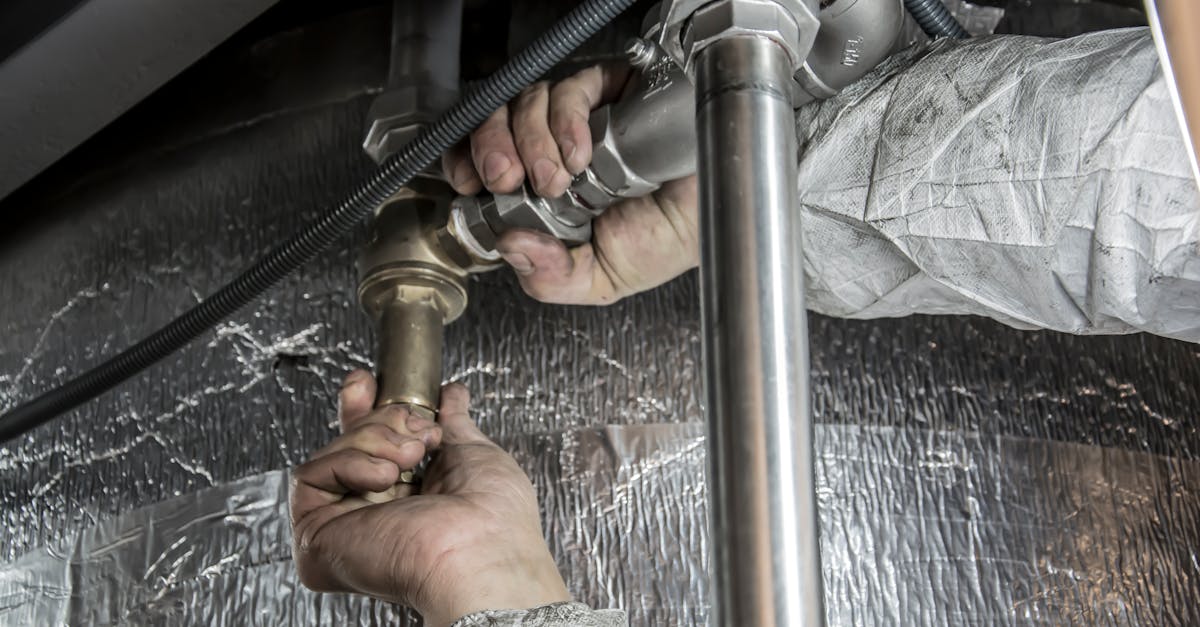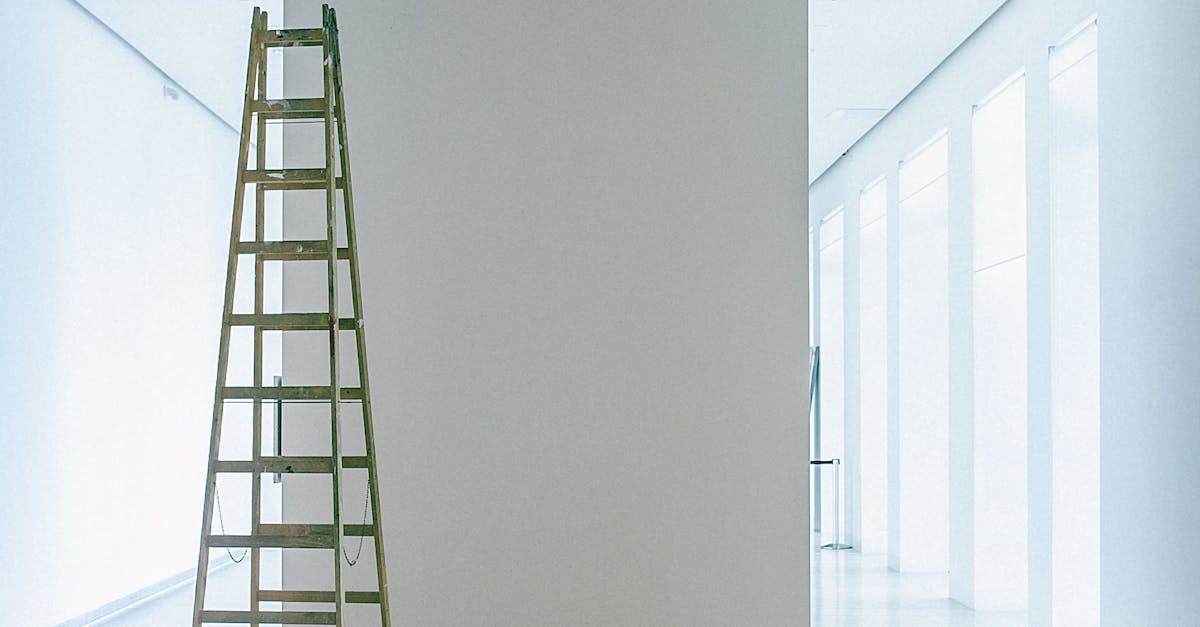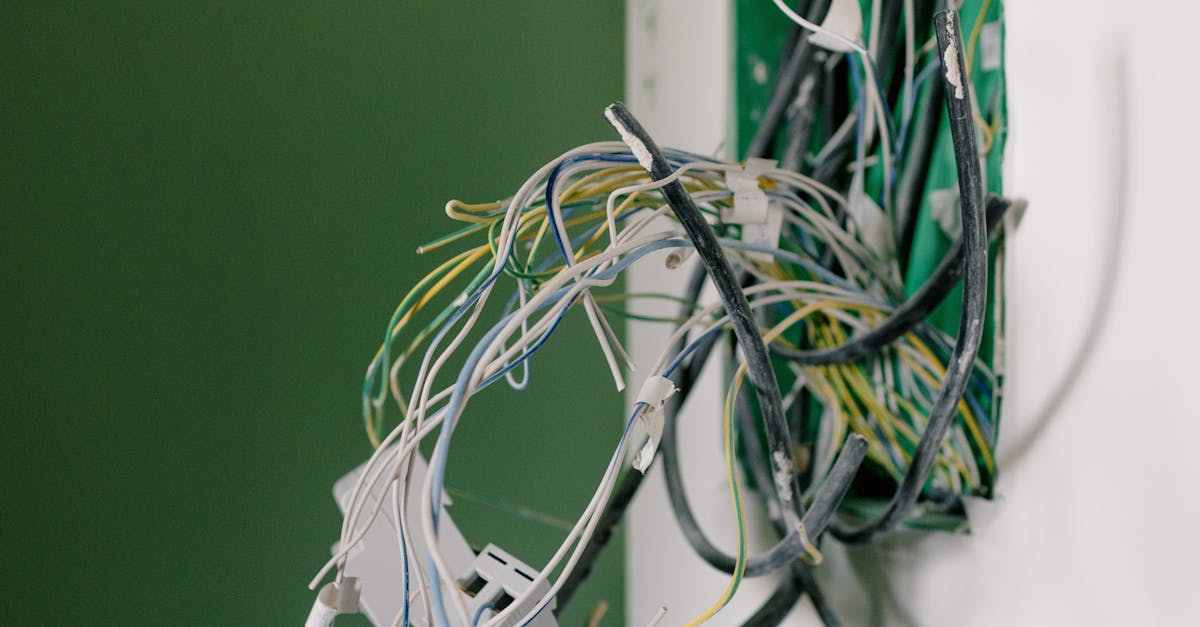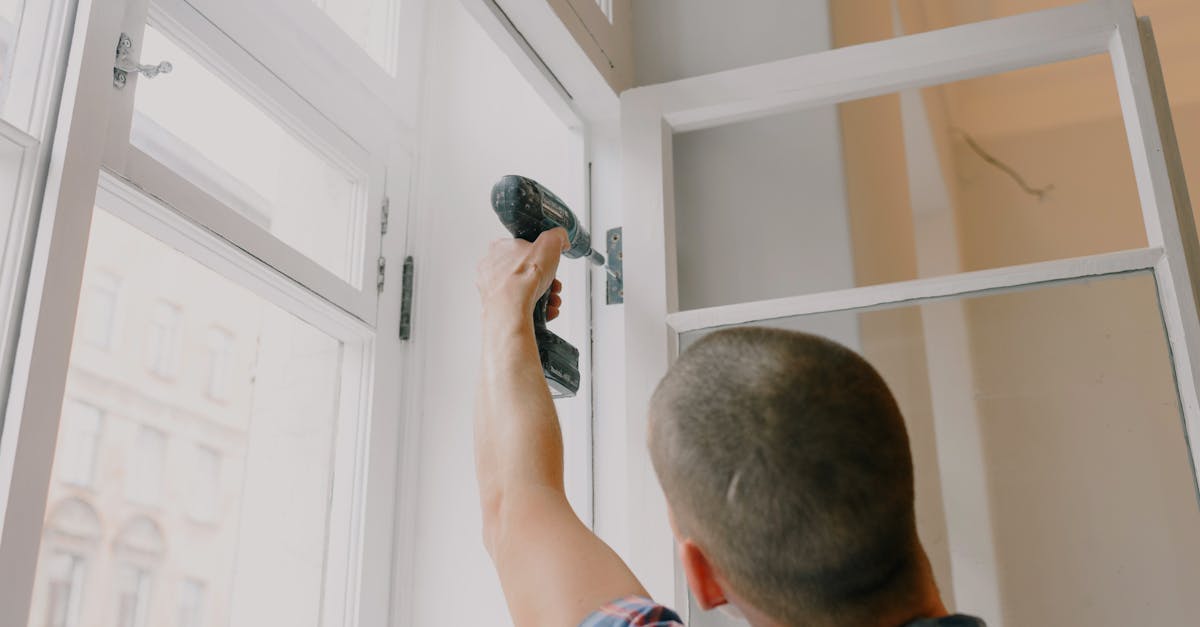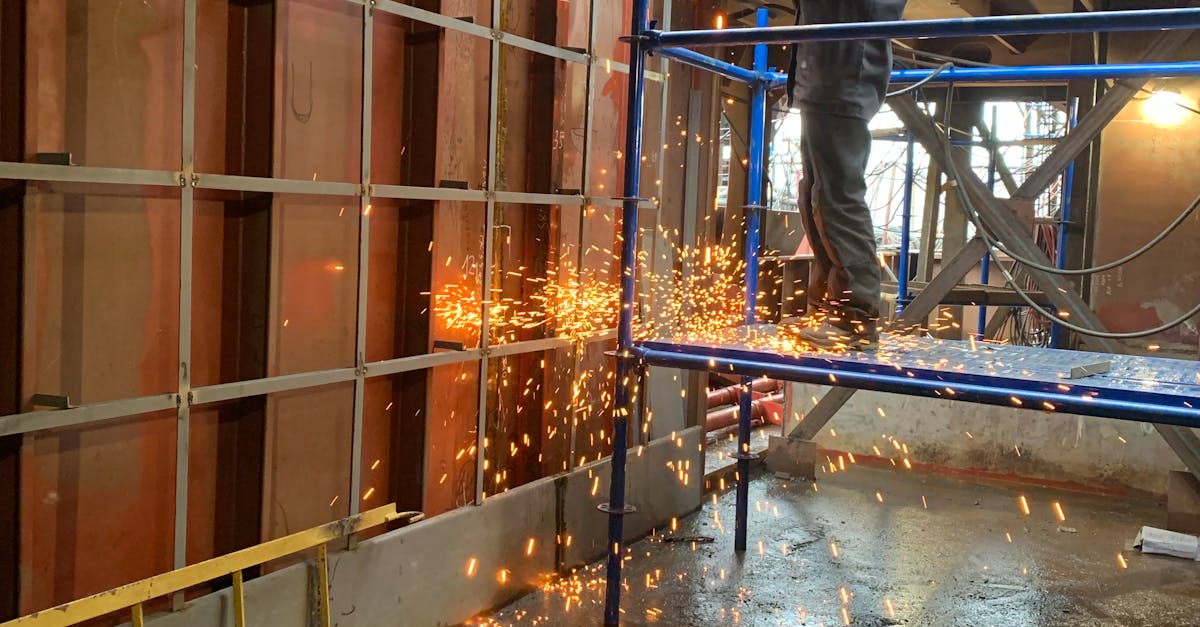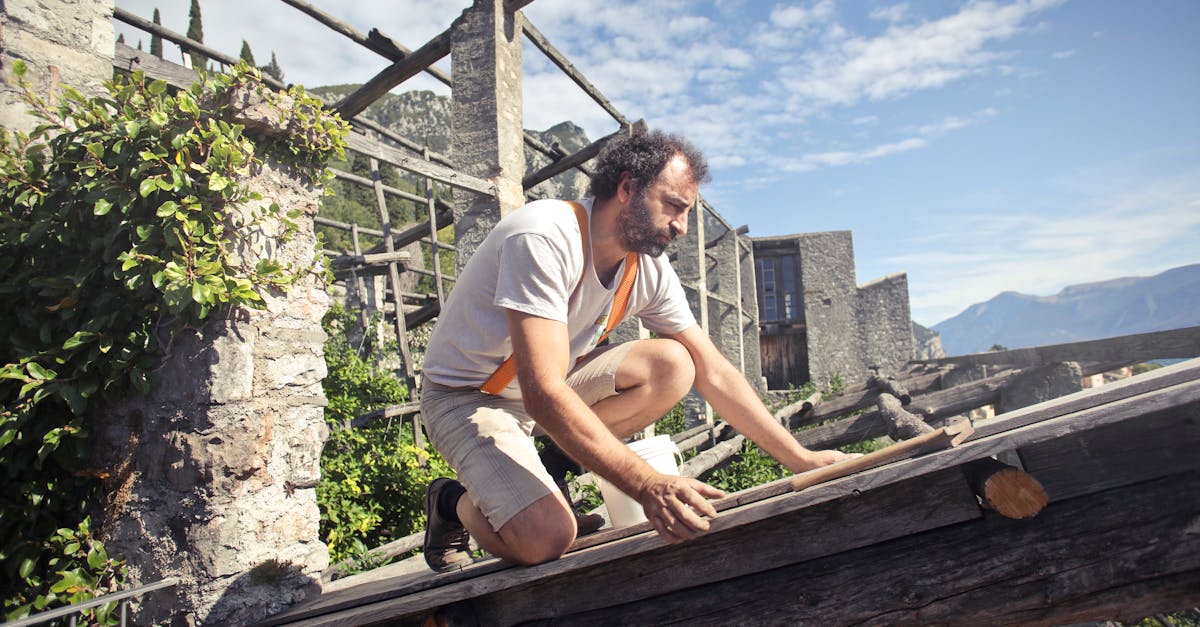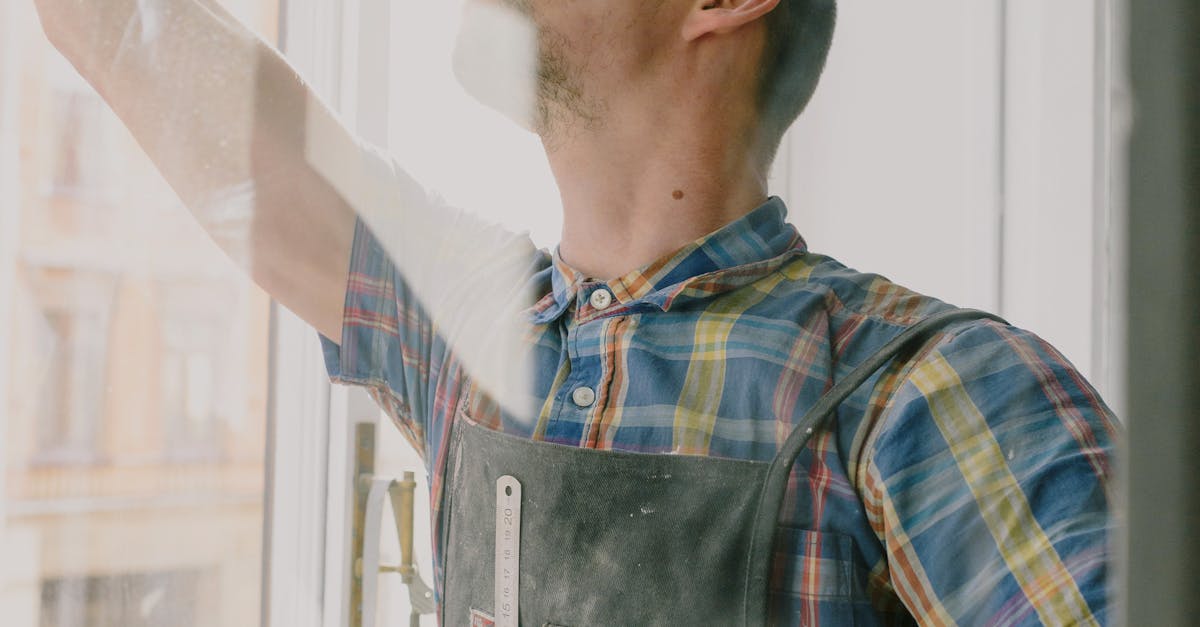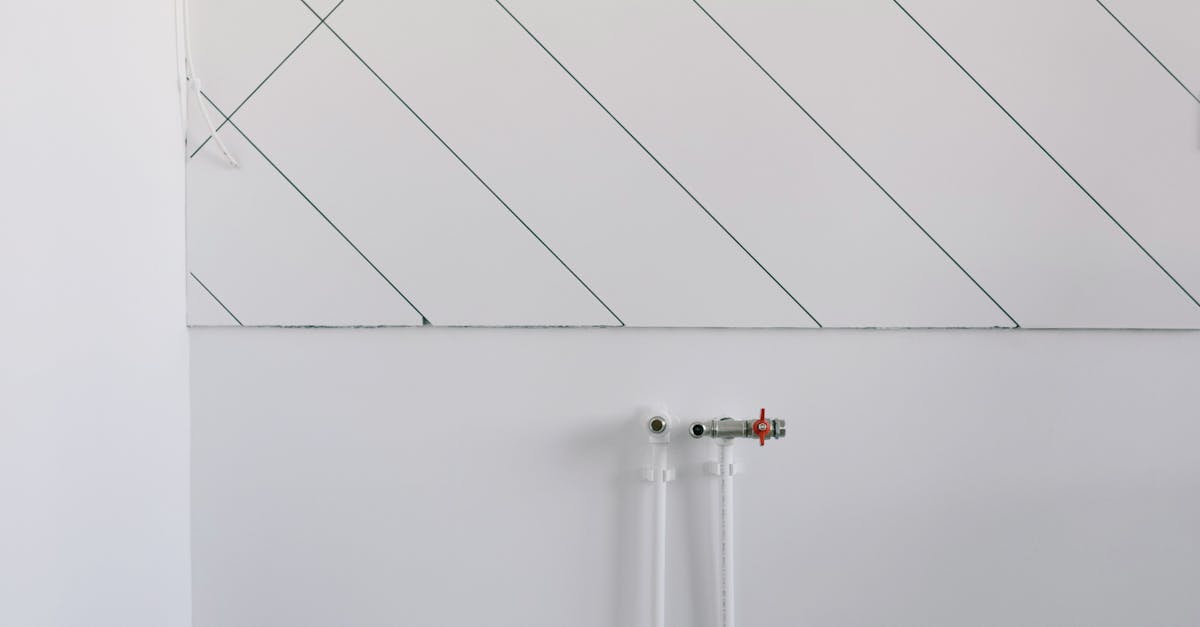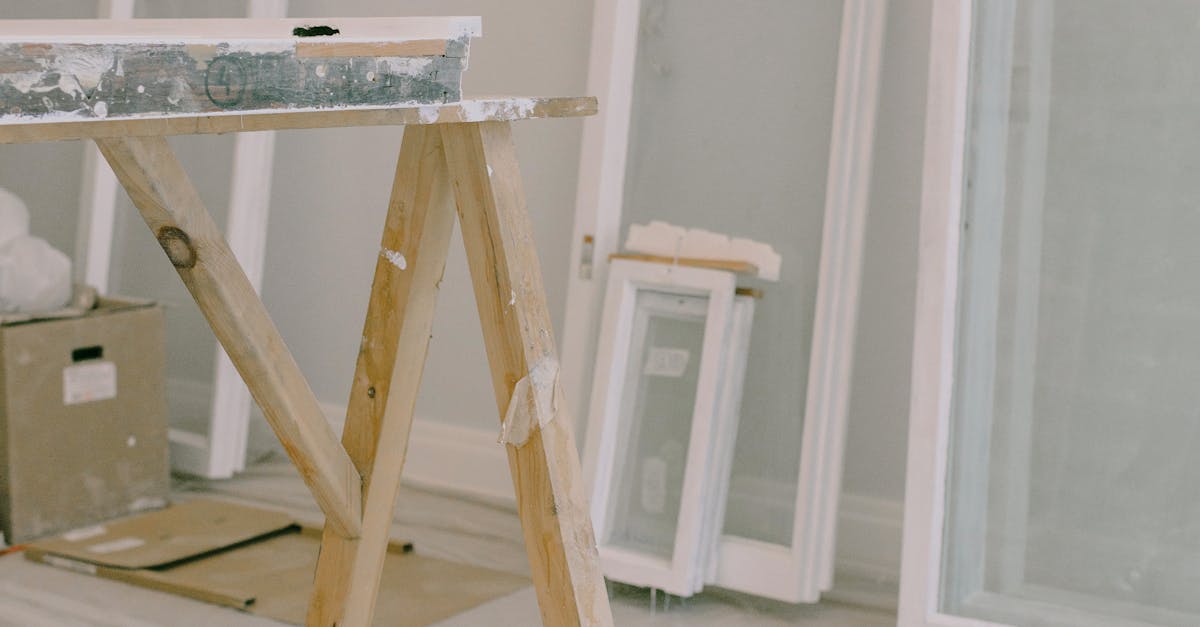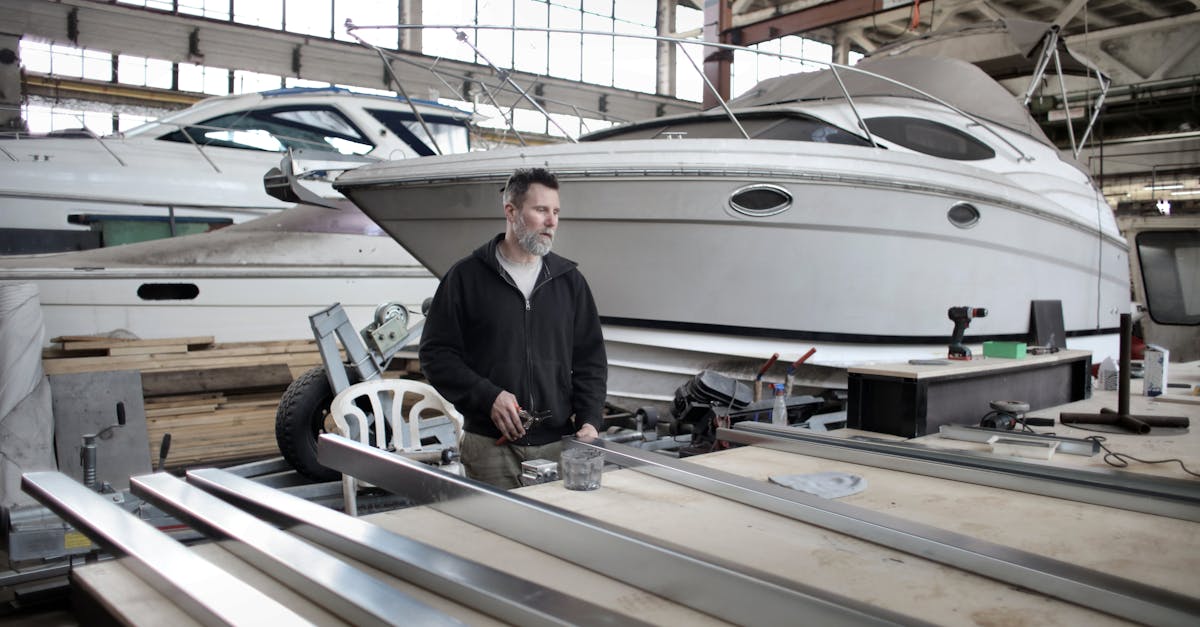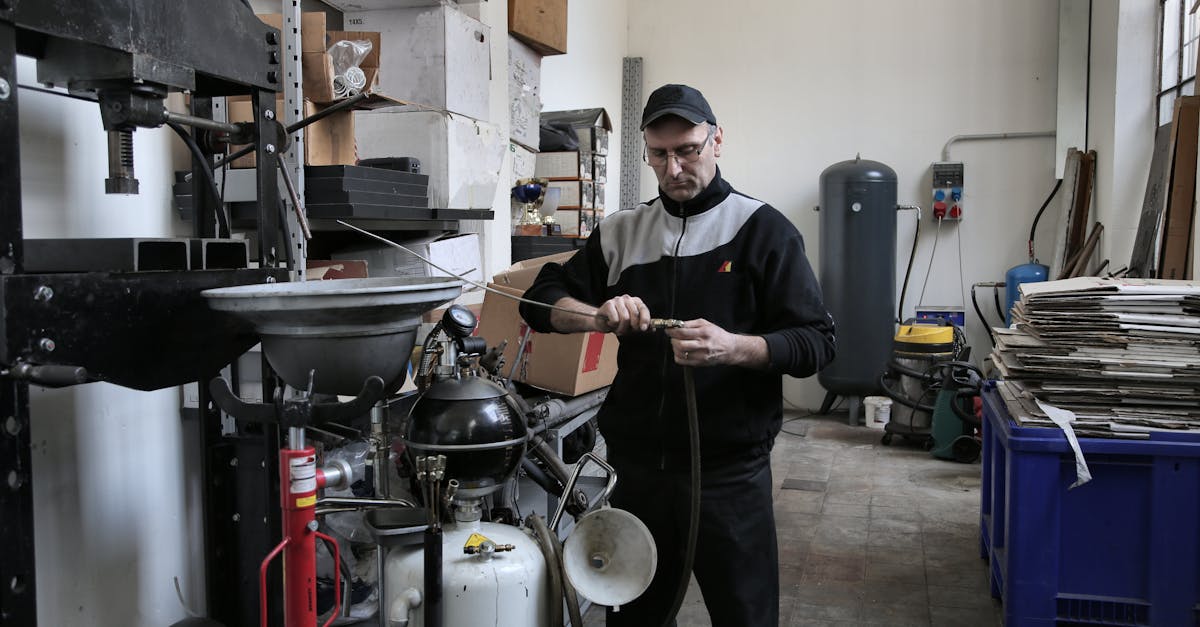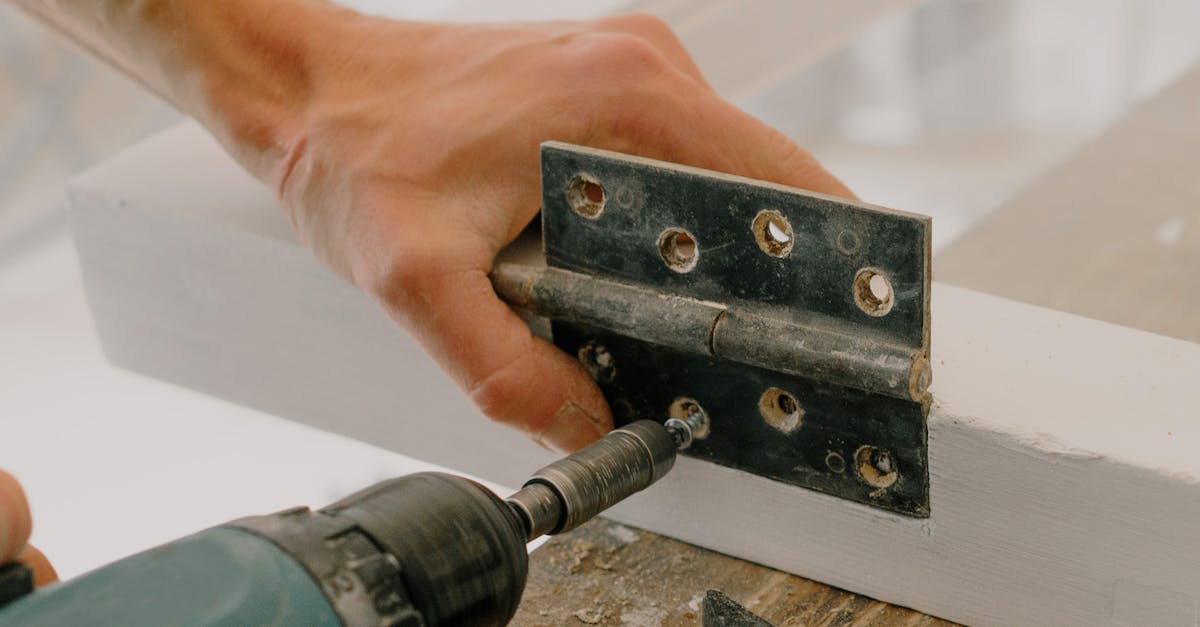
Table Of Contents
Emergency Procedures
In situations involving gas line installation and repair, gas fitters must adhere to established emergency procedures to ensure safety. Immediate action is crucial when a gas leak is suspected. Fitters should first evacuate individuals from the area and eliminate potential sources of ignition, such as open flames or electrical devices. They are then required to assess the situation carefully, employing appropriate protective equipment before attempting any repairs or interventions.
Communication plays a significant role in managing emergencies effectively. Gas fitters need to inform relevant authorities, such as emergency services, about the situation to facilitate quick responses. Proper training in emergency protocols is essential, as it prepares fitters to handle crises with competence. Following the incident, documenting the event becomes imperative for regulatory compliance and future safety improvements.
Handling Gas Leaks and Emergencies
In the event of a gas leak, immediate action is essential to ensure the safety of all individuals in the vicinity. Gas fitters are trained to identify and respond to such emergencies, frequently employing specific protocols during gas line installation and repair. They must first assess the situation, evacuate all occupants from the premises, and contact emergency services as necessary. Effective communication and swift execution of procedures play a critical role in minimising risks associated with gas leaks.
Gas fitters have a legal obligation to ensure that any potential hazards are addressed promptly. This includes conducting thorough checks of gas appliances and lines for leaks, as well as realising the importance of proper ventilation in affected areas. When handling emergencies related to gas line installation and repair, fitters must remain vigilant and adhere to regulatory standards. Their expertise helps safeguard not only their own safety but also that of the community at large.
Consumer Protection Measures
Consumer protection measures within the gas fitting industry are essential to ensure safety and reliability. Gas fitters must adhere to strict regulations and standards during gas line installation and repair. These regulations are in place to protect consumers from the dangers associated with improper installation and maintenance. Clients have a right to expect that gas fitters will perform their duties with competence and diligence, following all safety protocols.
In addition to following safety standards, gas fitters also have a responsibility to inform clients about their rights. Clients should be made aware of the qualifications and licensing required for gas line installation and repair. Transparency regarding pricing and any potential risks associated with the work is crucial. This clear communication fosters trust between gas fitters and clients, ensuring a mutual understanding of expectations and responsibilities.
Rights and Responsibilities of Gas Fitters and Clients
Gas fitters have specific obligations to ensure safety and compliance during gas line installation and repair. They must possess the necessary qualifications and licenses required under NSW law. It is essential for gas fitters to adhere to safety standards and regulations, while also communicating effectively with clients about the procedures and any potential risks involved. Maintaining transparency in all aspects of their work cultivates trust between clients and fitters.
Clients also have a vital role in this partnership. They are responsible for providing accurate information regarding existing gas appliances and any issues they may have noticed. Understanding their rights is crucial; clients can expect a safe and thorough service in every gas line installation and repair. This mutual understanding between gas fitters and clients fosters a collaborative environment, ultimately enhancing the safety and effectiveness of gas works.
Reporting and RecordKeeping
Gas fitters have a duty to maintain accurate and thorough records of their work. This includes documenting every stage of gas line installation and repair, along with the materials used and the methods employed. Such record-keeping is essential not only for compliance with regulatory standards but also to ensure that any future maintenance or inspections can be carried out efficiently. Detailed records serve as a valuable reference for both the gas fitter and the clients, showcasing adherence to safety protocols and quality workmanship.
In addition to maintaining their own records, gas fitters are required to provide clients with copies of relevant documentation. This includes certificates of compliance and any service agreements made during gas line installation and repair. The proper handling of these documents is crucial in fostering trust between gas fitters and their clients. Furthermore, it supports consumer rights protections by ensuring that clients have the necessary information should any issues arise in the future.
Documentation Requirements for Gas Fitters
Gas fitters are required to maintain comprehensive documentation for all aspects of their work. This includes records of gas line installation and repair tasks, which must detail the location of the installation, materials used, and any compliance certificates obtained during the process. Proper documentation serves not only as a legal requirement but also as a means to ensure safety standards are met and can be reviewed in case of any issues in the future.
In addition to installation records, gas fitters must also document any routine maintenance or emergency responses. This includes specific notes on inspections, testing results, and actions taken regarding gas leaks or faults. Maintaining clear and accurate records benefits both the gas fitter and the client, providing a reference point that can assist in resolving disputes and maintaining ongoing safety.
FAQS
What are the main responsibilities of gas fitters under NSW law?
Gas fitters in NSW are responsible for ensuring the safe installation, maintenance, and repair of gas appliances and systems. They must adhere to relevant safety standards, regulations, and codes of practice to prevent gas leaks and ensure consumer safety.
What should a gas fitter do in the event of a gas leak?
In the event of a gas leak, a gas fitter must immediately follow emergency procedures, which include evacuating the area, calling emergency services, and taking necessary actions to stop the gas leak safely. They should also inform clients about the steps being taken to resolve the situation.
What consumer protection measures are in place for clients of gas fitters?
Under NSW law, clients have the right to receive services from registered and qualified gas fitters. Consumer protection measures include guarantees of quality workmanship, adherence to safety regulations, and the right to report unsafe practices to relevant authorities.
What documentation is required from gas fitters?
Gas fitters are required to maintain detailed records of their work, including installation and maintenance reports, service records, and any communications with clients. This documentation is essential for compliance with regulations and for consumer protection.
How can clients ensure their gas fitter is qualified and compliant with regulations?
Clients can verify a gas fitter's qualifications by checking their registration with the NSW Fair Trading. It is also advisable to request proof of insurance and ask about their experience and compliance with safety standards before hiring them.
